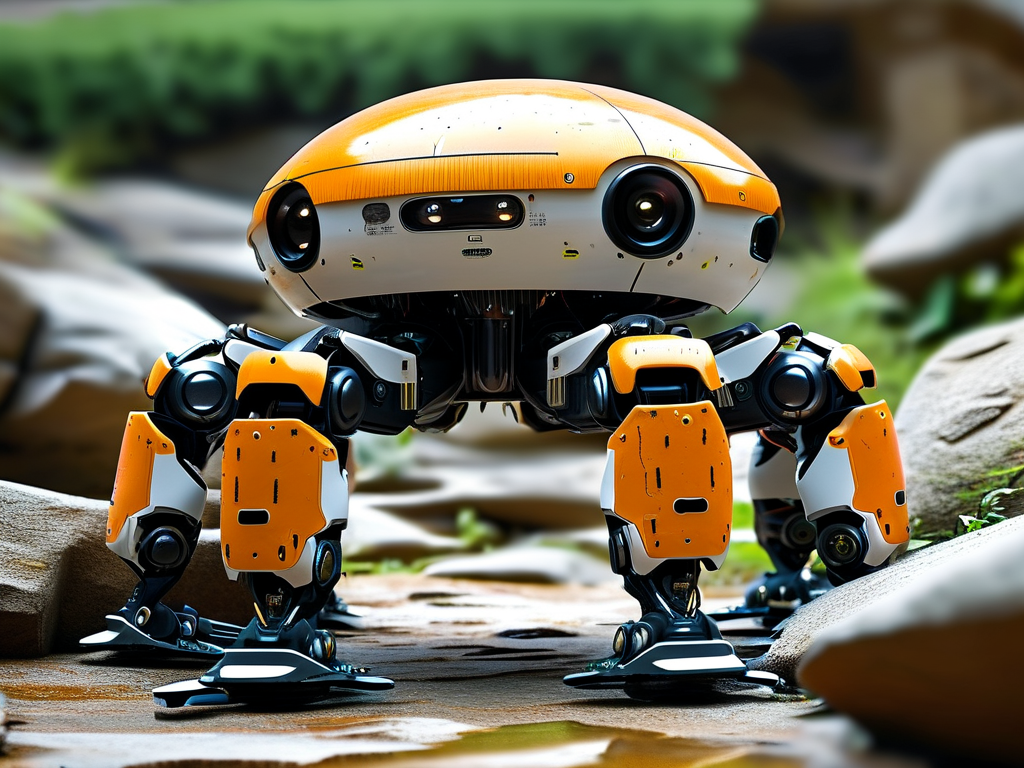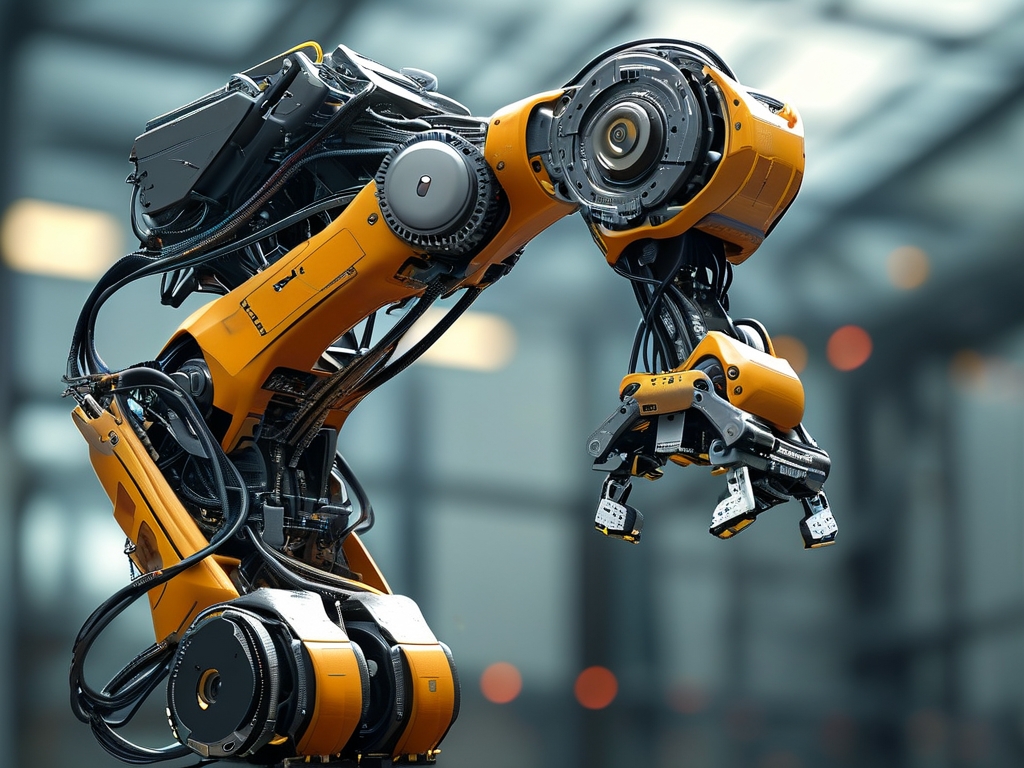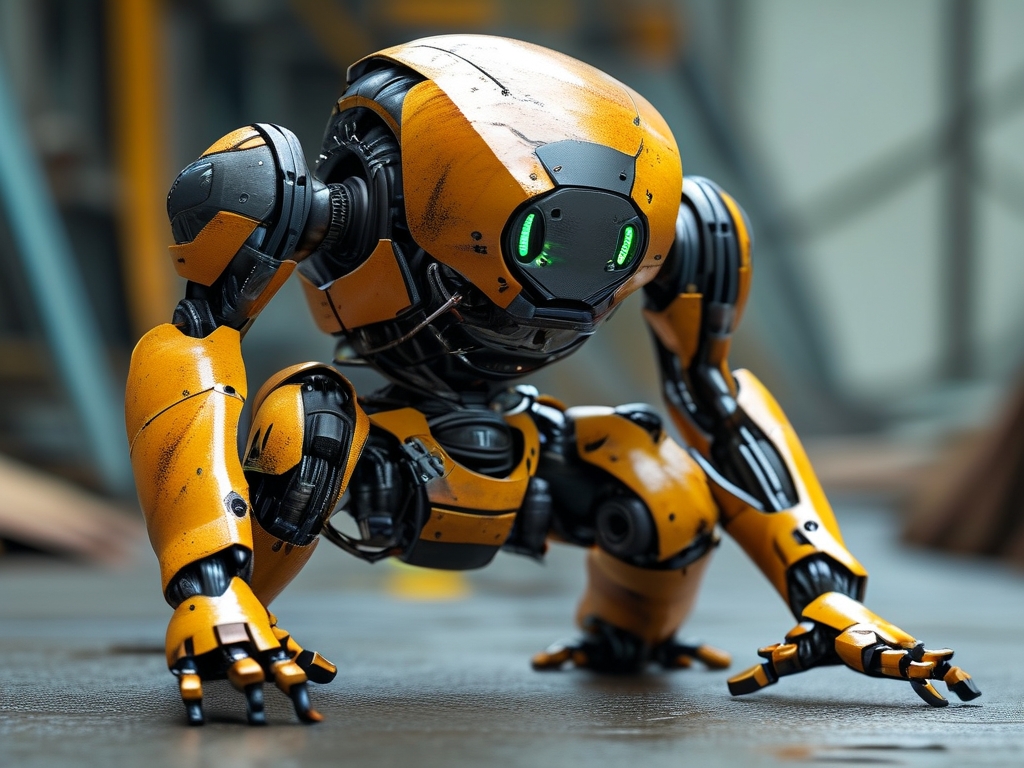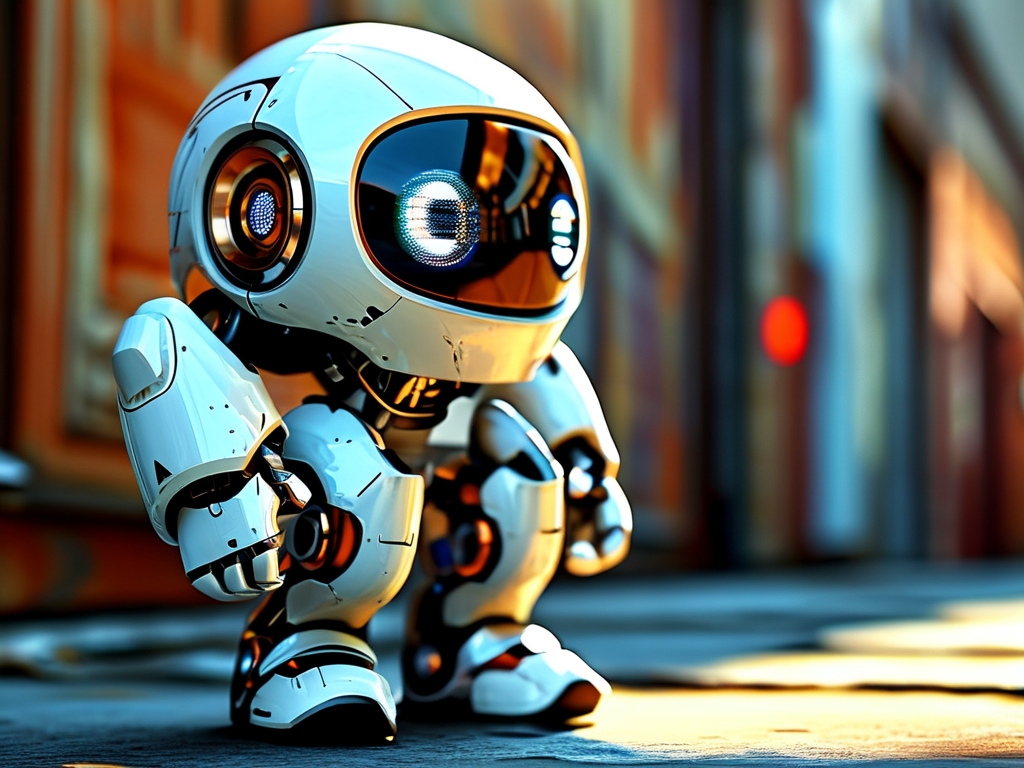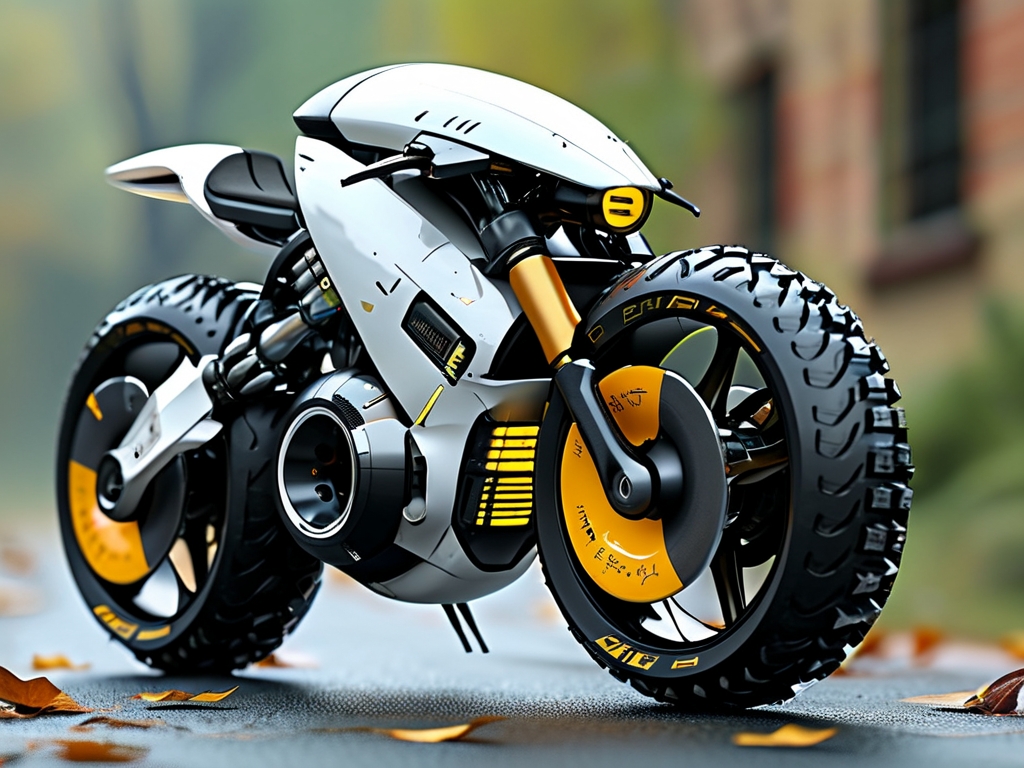Human-carrying robot technology represents a groundbreaking fusion of mechanical engineering, artificial intelligence, and biomechanics. Designed to safely transport individuals across varied terrains, these robots are increasingly deployed in healthcare, disaster response, and urban mobility. This article explores the core principles behind this technology, focusing on mechanical design, sensor integration, and real-world applications.
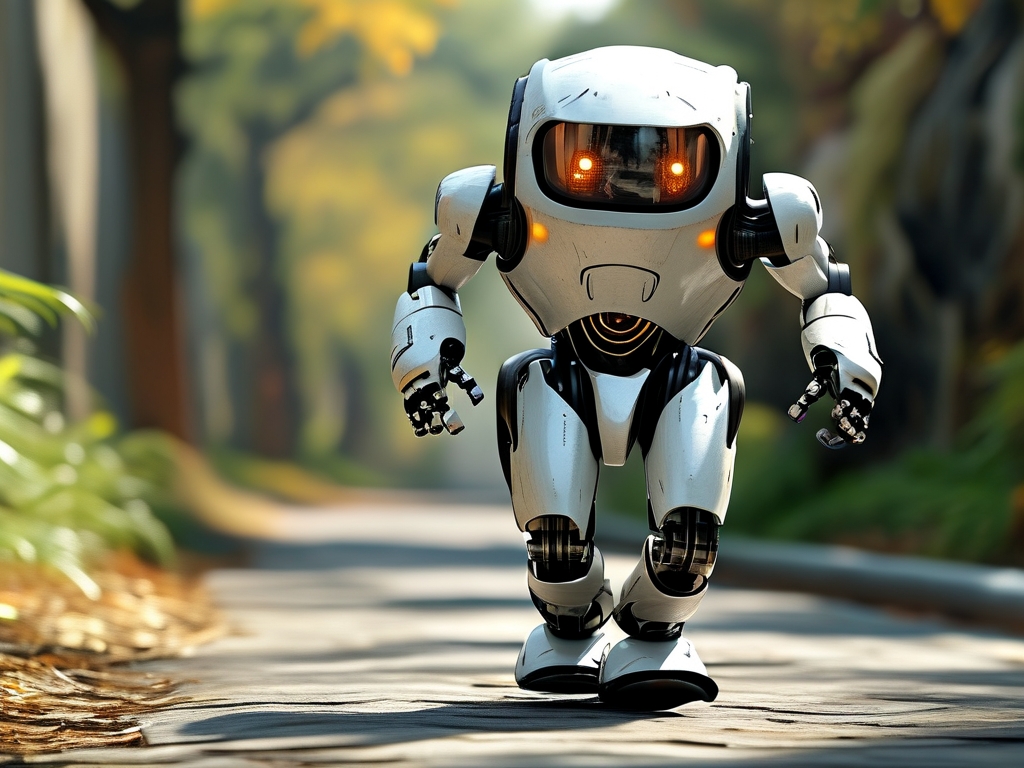
1. Mechanical Structure and Load-Bearing Mechanisms
At the heart of human-carrying robots lies a robust mechanical framework. Engineers prioritize weight distribution, stability, and adaptability. Most systems employ:
- Modular Exoskeletons: Lightweight yet durable materials like carbon fiber or aerospace-grade aluminum form the chassis.
- Dynamic Joint Actuators: Hydraulic or electric actuators mimic human limb movements, enabling smooth transitions between walking, crouching, and climbing.
- Balancing Systems: Gyroscopes and counterweights prevent tipping, even when carrying loads exceeding 100 kg.
For example, Boston Dynamics' "Atlas" robot uses a combination of articulated limbs and adaptive algorithms to maintain balance while navigating uneven surfaces.
2. Sensor Networks and Environmental Interaction
Human-carrying robots rely on multi-layered sensor arrays to interpret their surroundings:
- LiDAR and Depth Cameras: Create 3D maps of terrain in real time.
- Pressure Sensors: Embedded in "shoulder" and "back" contact points to detect shifts in human posture.
- Inertial Measurement Units (IMUs): Track acceleration and angular velocity for gait adjustment.
These sensors feed data to centralized processors, enabling split-second decisions. For instance, if a robot detects slippery ground, it automatically shortens strides and lowers its center of gravity.
3. Control Systems: AI and Human-Robot Collaboration
Advanced AI algorithms bridge human intent and robotic execution. Two primary control paradigms exist:
- Preprogrammed Gaits: Predefined movement patterns optimized for stairs, slopes, or flat surfaces.
- Adaptive Learning: Machine learning models trained on thousands of human-robot interaction scenarios.
A notable example is Toyota's "Human Support Robot," which uses voice commands and haptic feedback to synchronize movements with the user's natural motions.
4. Power and Energy Efficiency Challenges
Sustaining prolonged operation remains a critical hurdle. Most robots utilize:
- Lithium-Ion Battery Packs: Offering 2–4 hours of runtime.
- Regenerative Braking: Recapturing kinetic energy during deceleration.
- Wireless Charging Pads: Enabling quick energy replenishment in infrastructure-equipped areas.
Researchers are exploring hydrogen fuel cells as a next-gen solution, aiming to extend operational limits beyond 8 hours.
5. Applications Across Industries
- Healthcare: Assisting patients with mobility impairments in hospitals.
- Disaster Zones: Transporting injured individuals through rubble or flooded areas.
- Urban Mobility: Serving as last-mile transit solutions in crowded cities.
In Japan, Panasonic's "Resyone" robotic bed doubles as a mobility aid, seamlessly transitioning wheelchair-bound users to beds.
6. Ethical and Safety Considerations
Safety protocols are paramount. Redundant sensor systems and emergency stop mechanisms prevent malfunctions. Ethical debates center on privacy (via onboard cameras) and liability in accident scenarios. Regulatory bodies like the ISO are drafting standards for human-carrying robot certifications.
7. Future Prospects
Emerging trends include swarm robotics for group transport and brain-computer interfaces (BCIs) for intuitive control. Soft robotics, using flexible materials, promises safer human-robot contact.
Human-carrying robot technology is redefining mobility paradigms. By harmonizing mechanical ingenuity with AI-driven adaptability, these systems are poised to revolutionize caregiving, emergency response, and daily commuting. As energy storage and ethical frameworks evolve, their integration into society will only accelerate.


